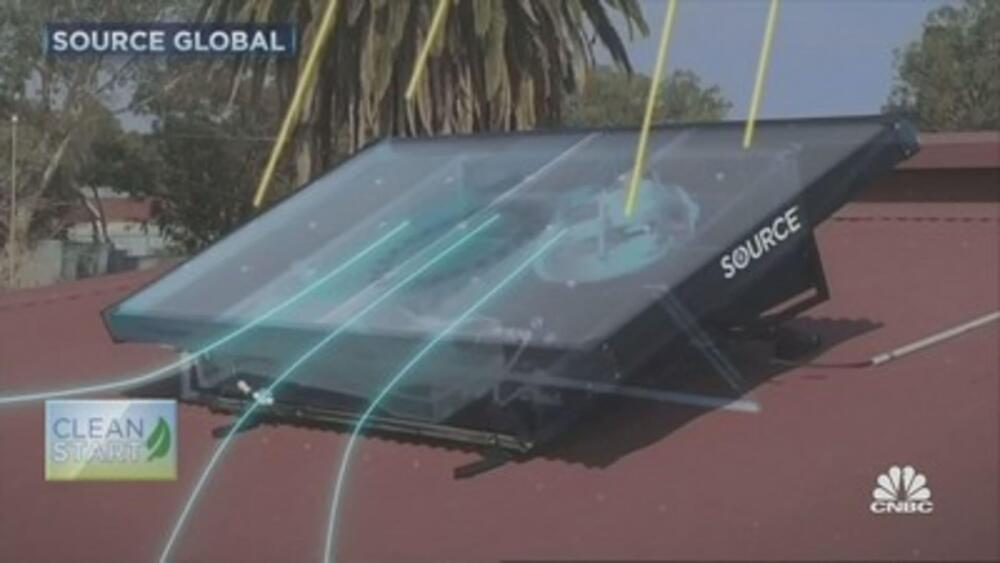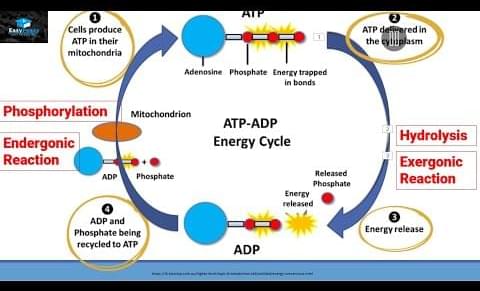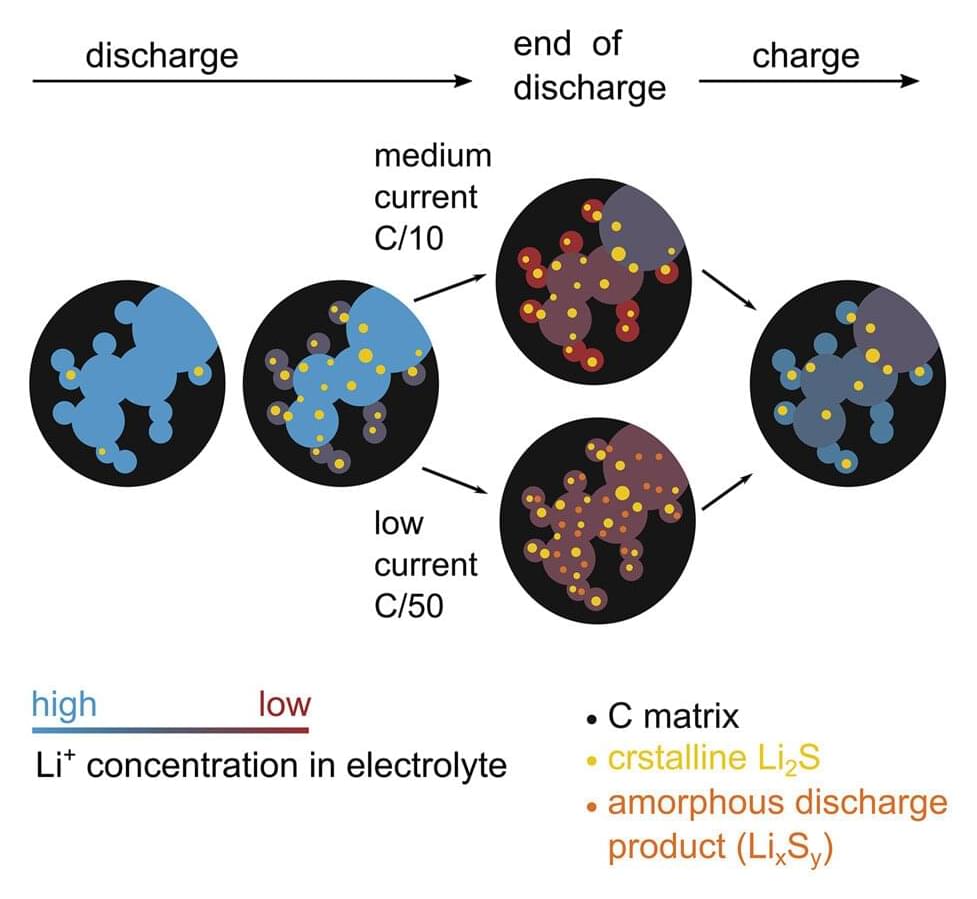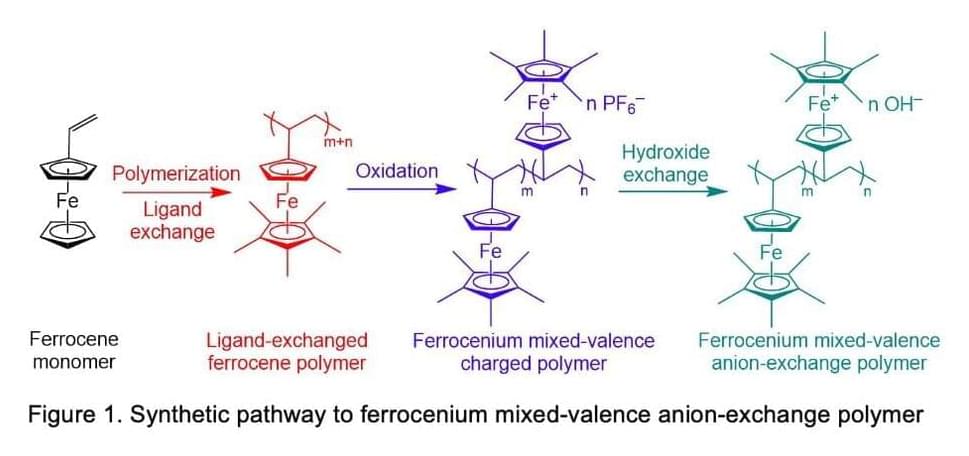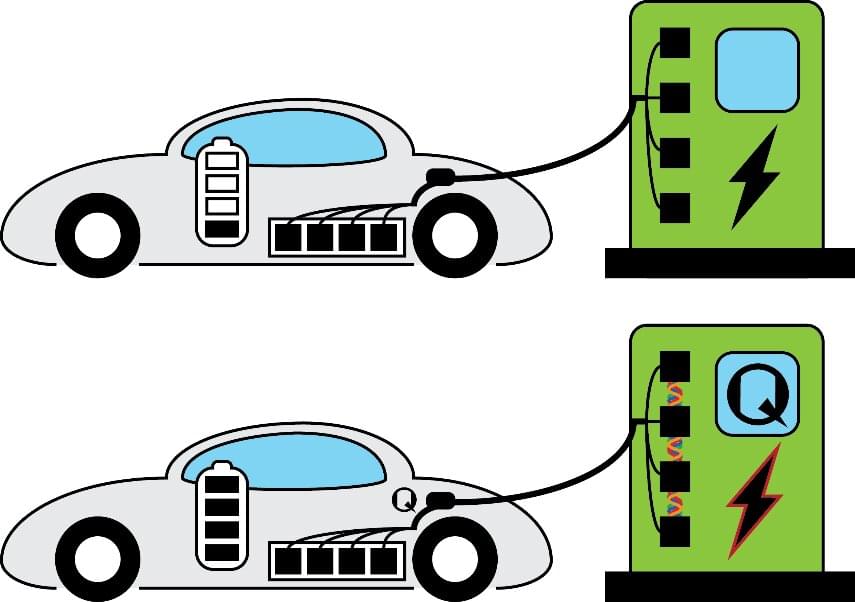Mar 29, 2022
Bill Gates and Blackrock are backing the start-up behind hydropanels that make water out of thin air
Posted by Genevieve Klien in categories: business, energy, sustainability
Source’s hydropanels are installed in 52 countries in 450 separate projects. The company has raised $150 million from investors including Bill Gates’ Breakthrough Energy Ventures, BlackRock, Duke Energy and the Lightsmith Group.
This type of technology is desperately needed in places like India, where an estimated 800,000 villages don’t have clean drinking water. Friesen cited World Health Organization, showing that by 2025 “half the world’s population will be in water stressed areas.”
There’s a domestic need as well. In the U.S, there are 1.5 million miles of lead pipes still in the ground, and about 750 water main breaks a day, according to Friesen. The business opportunity, he said, is enormous.
